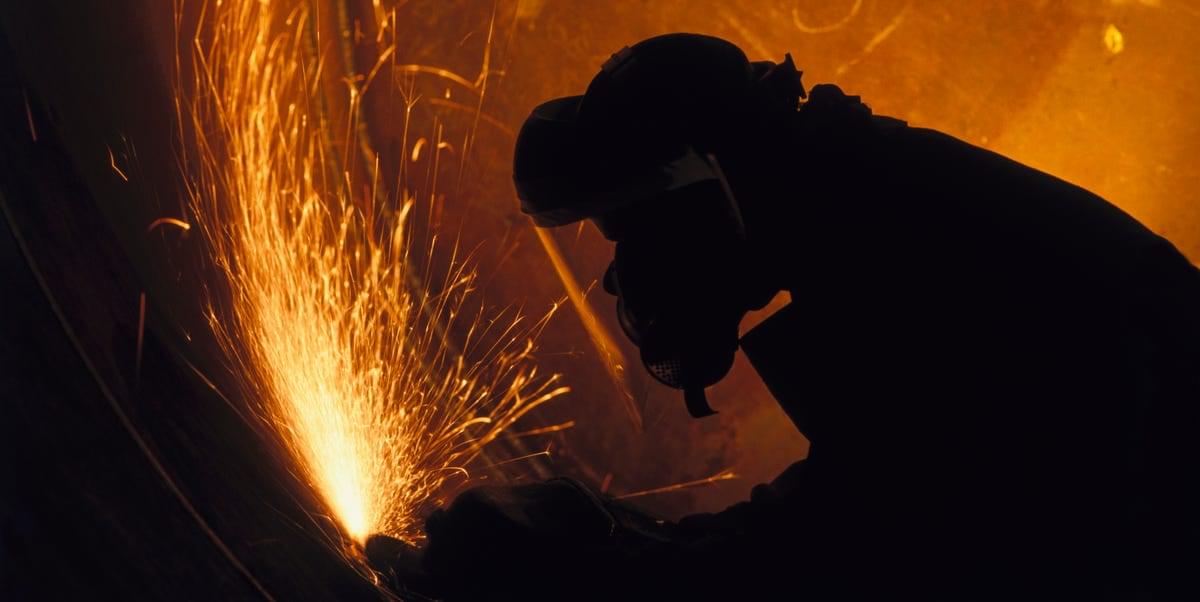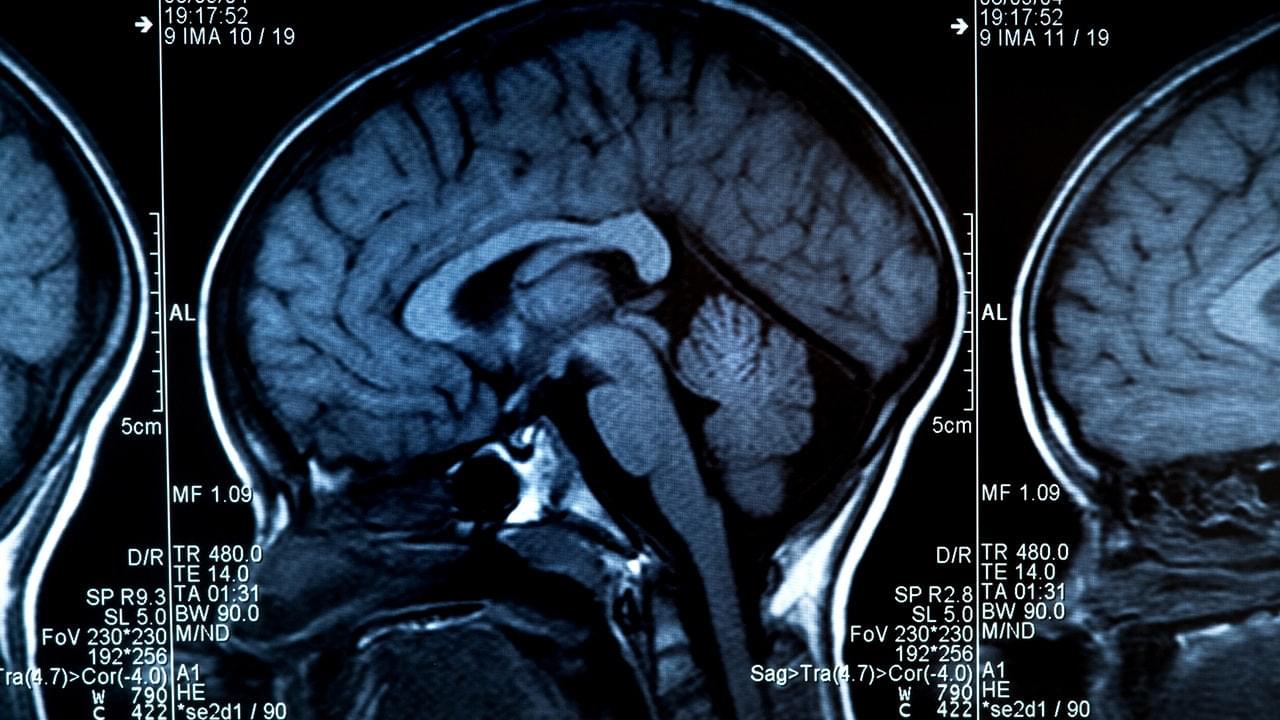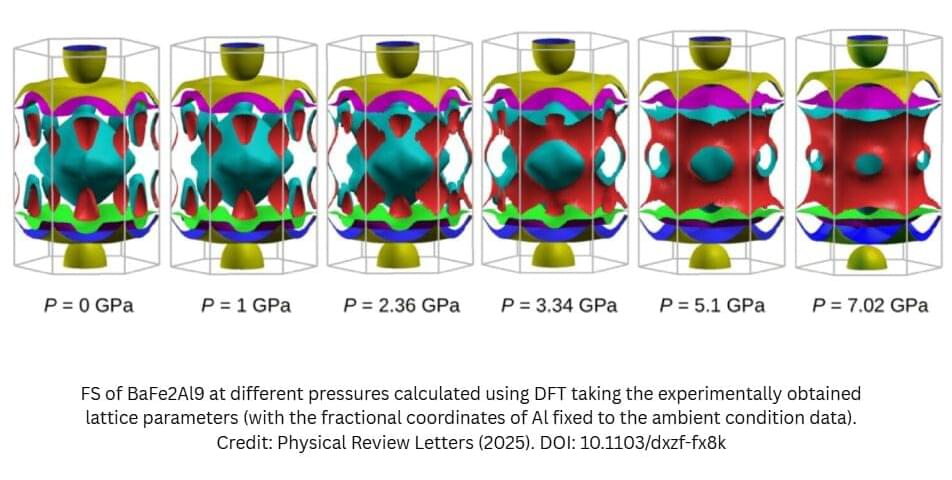Rocky planets like our Earth may be far more common than previously thought, according to new research published in the journal Science Advances. It suggests that when our solar system formed, a nearby supernova (the massive explosion of a star near the end of its life) bathed it in cosmic rays containing the radioactive ingredients to make rocky, dry worlds. This mechanism could be ubiquitous across the galaxy.
Earth-like planets are thought to form from planetesimals (objects made of rock and ice) that were dried out early in the solar system’s history. This process required a lot of heat, which came primarily from the radioactive decay of short-lived radionuclides (SLRs), such as aluminum-26. Previous analysis of meteorites, which are ancient records of the early solar system, confirmed the abundance of SLRs at this time.
Flaws in previous models However, models that explain supernovae as the sole source of these SLRs cannot accurately match the quantity of the nucleotides found in meteorites. To deliver enough radioactive material, the supernova would have to be so close to the early solar system that it would have destroyed the disk of dust and gas where the planets were forming.









